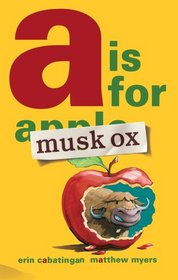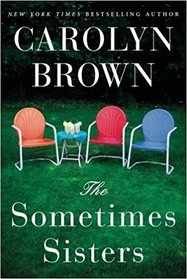A is for Musk Ox – Written by Erin Cabatingan, Illustrated by Matthew Myers
Review by Mirah W. (mwelday)
I believe I am entering a new frontier with this post. I don’t recall ever writing a review for a children’s illustrated book before now. It seems odd for someone with no children to write a children’s book review but here we are; I am being forced into this by a book that is entertaining and clever. Hopefully I have your attention now.
I was recently chatting with a friend who told me about her little granddaughter’s reading habits. There was a book that had her granddaughter just giggling as she read every page. My friend said she then read the book and laughed, too, and thought she’d send me a copy because, in her words, ‘a good book is a good book’. (Side note here: I love my friends. Who wouldn’t love a friend with that kind of wisdom?)
A few days later a shiny copy of A is for Musk Ox was in my hands. Um, what? A is for musk ox? Yes, and it makes so much sense once you start reading. The musk ox is tired of the apple getting all the attention and thinks it’s boring to start all alphabet books and games with the same fruit. The musk ox is here to save the day…or alphabet. What comes next is how the musk ox is related to every letter. The reader gets taken on a fun alphabet adventure with the musk ox and learns about his origins, fur, habitats and favorite foods.
The author and illustrator of A is for Musk Ox have created a fun book readers of all ages can enjoy together. Who wouldn’t get a chuckle out of grass-flavored lollipops? The book goes beyond the routine alphabet books that, let’s face it, sometimes use boring or predictable words for each letter. The pages are full of bright colors and fun illustrations to keep the interest of little readers. It is whimsical while still being educational. 5 stars! Or maybe I should rate it 5 musk oxen.








